An NHL team dresses 20 players for a game—12 forwards, 6 defensemen, and 2 goaltenders—and can carry up to 23 on its active roster during the regular season. The projected salary cap for the 2025-26 NHL season is $95.5 million per team.
The Rules

The Roster
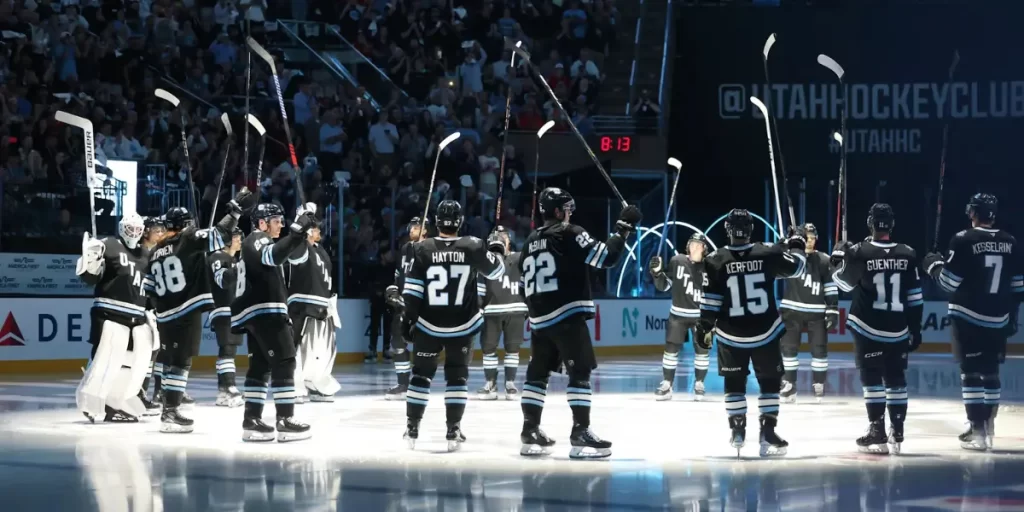
Home Ice Advantage
Home-ice advantage gives the home team control of the last line change for favorable matchups and also lets their center put his stick down last on faceoffs, a small but important edge for winning draws. Add in familiar rink conditions, crowd energy, and less travel fatigue, and the home side often enjoys better matchups, puck possession, and overall momentum.
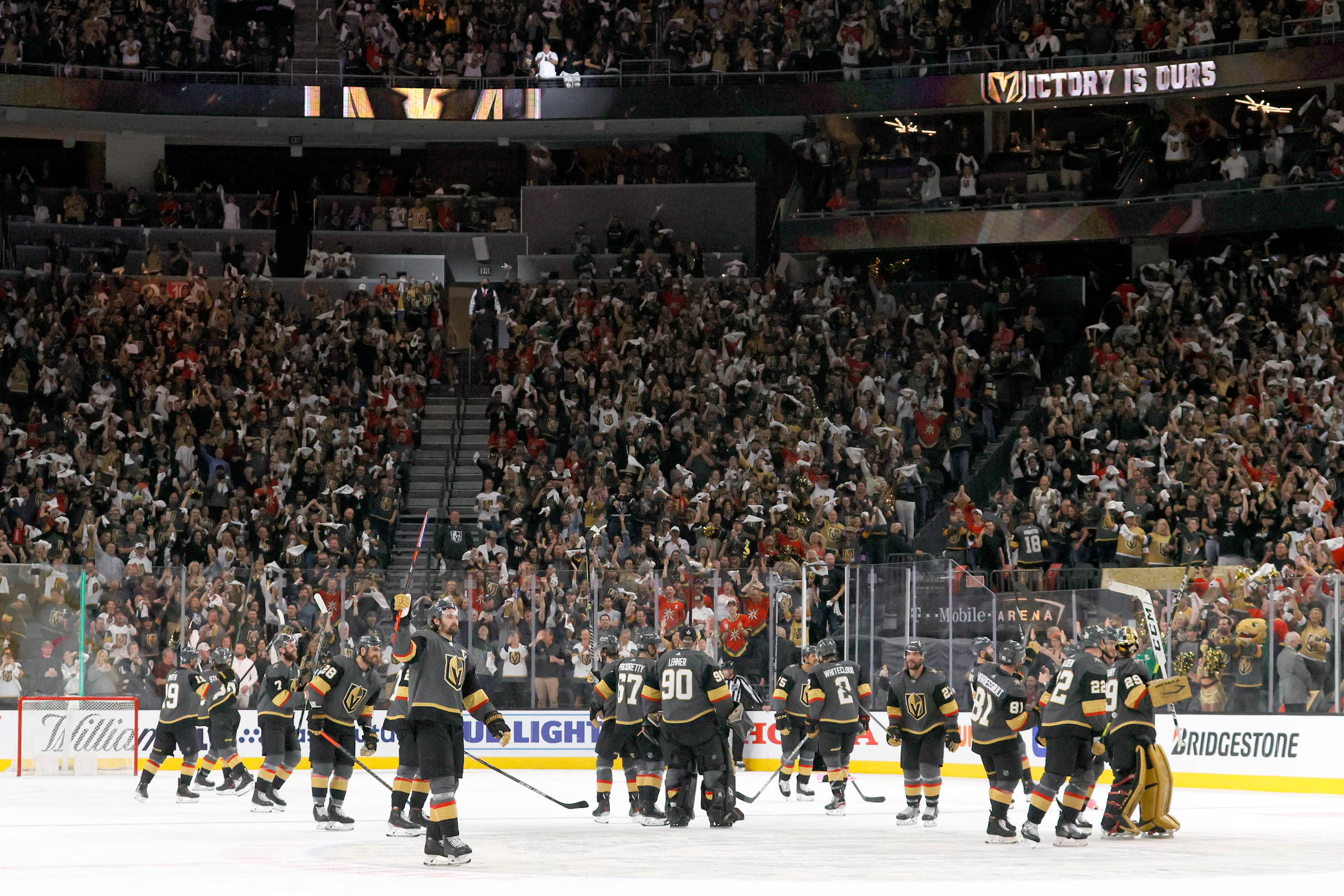
The Officials
An NHL game uses four on-ice officials: two referees and two linesmen. Referees wear orange armbands and handle goals, penalties, and overall game control, making calls like tripping, high-sticking, or confirming a goal. Linesmen drop the puck for faceoffs, watch for offside and icing, and break up fights or scrums but don’t call penalties. Together they keep play fair, safe, and flowing from start to finish.
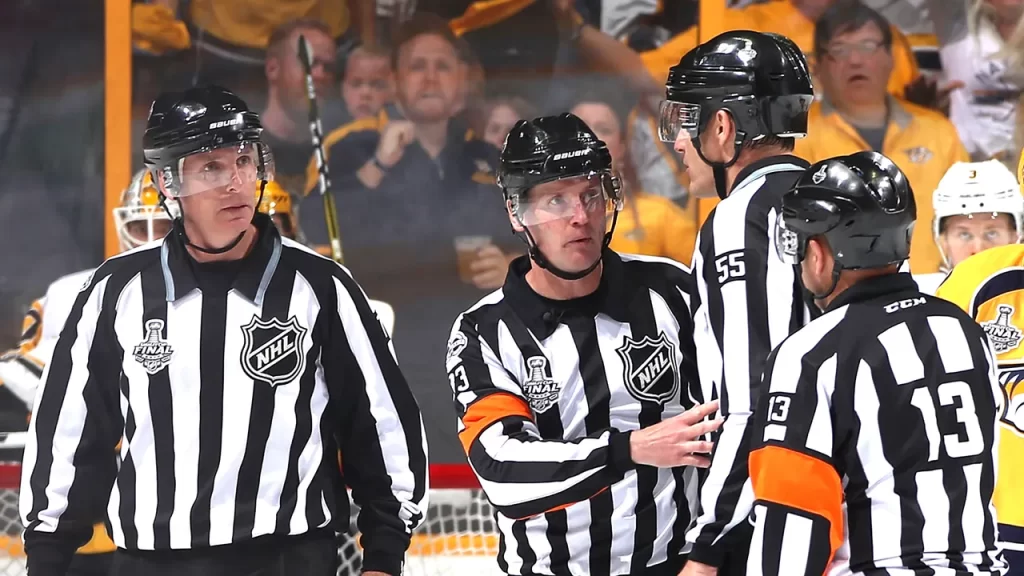
Player Positions And Roles
Ice hockey teams use six players: three forwards (center, left wing, right wing), two defensemen, and a goalie. The center takes faceoffs, passes, and helps both offense and defense. The wings focus on scoring and supporting plays on their sides of the ice. The defensemen guard their own zone, block shots, and move the puck to teammates. The goalie’s job is to stop shots and keep the puck out of the net.
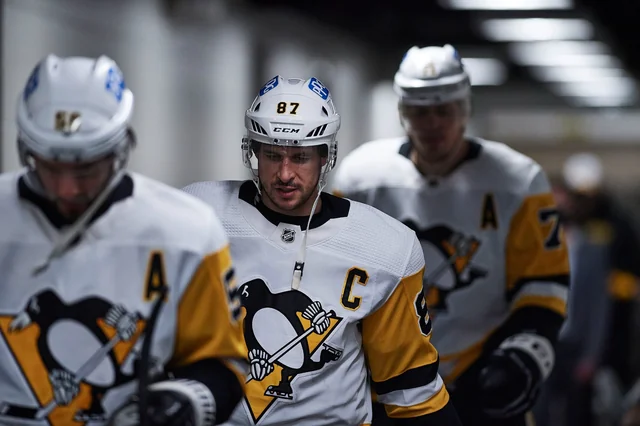
The Lines And Hash Mark
The blue lines divide the rink into three zones—defensive, neutral, and offensive—and are key to offside rules, ensuring players don’t enter the attacking zone before the puck. The center red line splits the rink for icing calls and is where play begins after goals and at the start of periods. The red goal lines at each end mark where the puck must fully cross to count as a goal and help referees judge icing. Hash marks are short lines around the faceoff circles that guide where players stand during faceoffs and help maintain spacing.
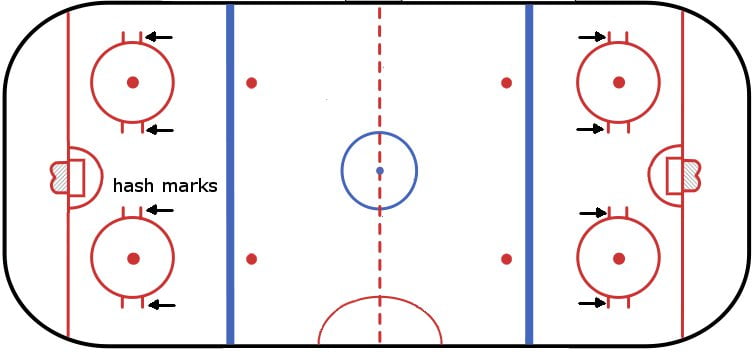
How Does Play Begin?
A faceoff is how play starts or restarts in hockey, taking place at center ice to begin each period and after every goal, or at another faceoff dot when play stops—for example if the puck is frozen by the goalie, goes out of bounds, or there’s an offside or icing call. Two players crouch head-to-head as the referee drops the puck between their sticks, each trying to gain control by sweeping or pushing it to teammates who are positioned around the circle and ready to move as soon as the puck hits the ice.
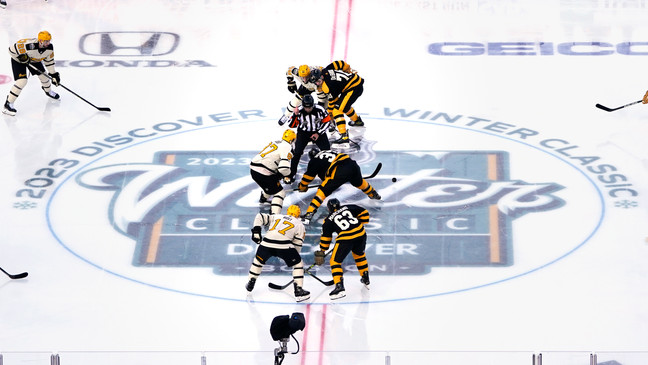
What's Icing?
Icing happens when a player shoots the puck from behind the center red line and it crosses the other team’s goal line without being touched. Play stops, the faceoff moves back to the offending team’s zone, and that team cannot change players before the next faceoff, while the opposing team is allowed to make substitutions.
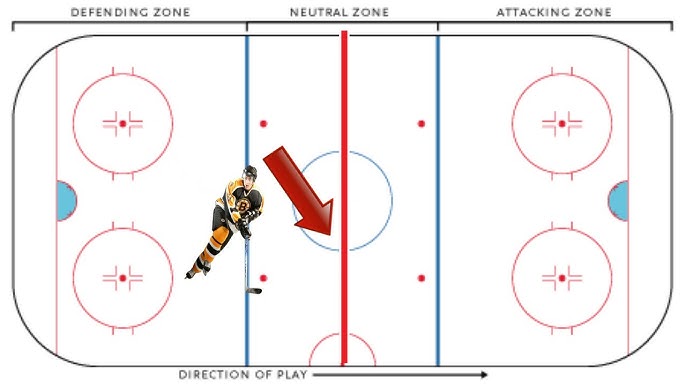
Can Icing Be Cancelled?
Refs wave off icing when certain conditions cancel the call. Under hybrid icing, the linesman watches the race to an imaginary line at the end-zone hash marks—if the attacking player would get there first, icing is canceled; if the defender would, icing stands. Icing is also waved off if the puck never fully crosses the goal line, if it’s touched or deflected before the line, if the team is killing a penalty, if the goalie comes out or could clearly play the puck near the crease or trapezoid, or if the pass was reasonably playable by a teammate.

What's Offside?
Offside occurs when an attacking player’s skates cross the blue line into the offensive zone before the puck fully enters. If this happens but the attacking team doesn’t play the puck, officials signal a delayed offside, giving all attackers a chance to “tag up” by clearing completely back over the blue line before re-entering legally. If the puck exits the zone and the same team brings it back in, every attacker must first clear or it’s offside again. A player can carry the puck in while skating backward as long as the puck crosses first, which is legal. Only a player’s skates count for the call—if any part of a skate blade is on or directly above the blue line when the puck crosses, the play is onside—and coaches can challenge a goal for a missed offside using video review.
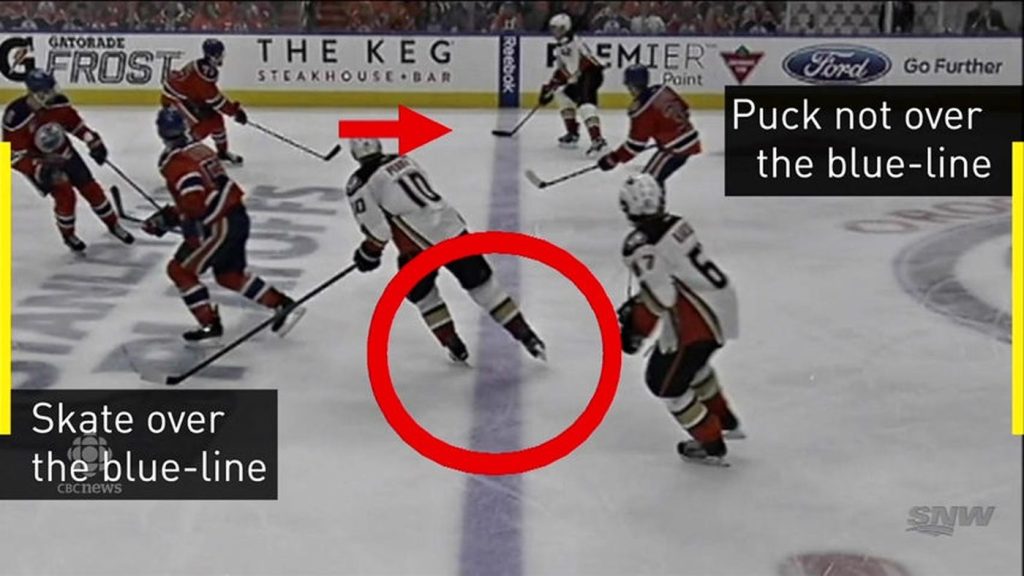
Can Offside Be Cancelled?
Yes, when a delayed offside happens, it means an attacking player entered the attacking zone before the puck. The referee raises an arm to signal this and lets play continue for a short time. The attacking team must all skate back into the neutral zone to “tag up,” then they can go back into the attacking zone after the puck. The defending team can touch or control the puck at any time, and if they do before all attackers tag up, or if the attackers never tag up, the referee blows the whistle and the faceoff is held outside the attacking zone. Also, an intentional offside happens when a team purposely shoots the puck into the attacking zone while a teammate is already inside it; in that case, the faceoff is moved all the way back to the offending team’s defensive zone as a stronger deterent for the deliberate play.
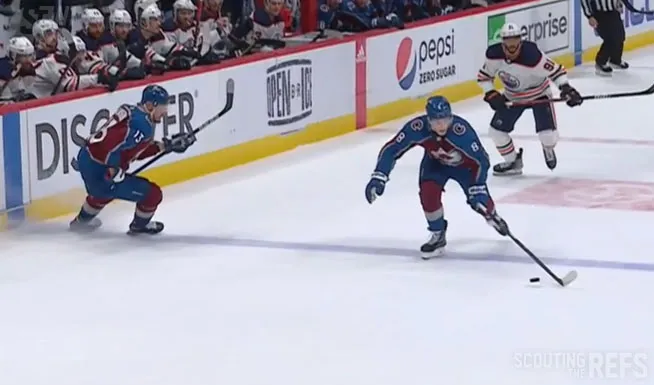
Why Fighting Happens
Fighting is seen as a positive part of hockey by many players, coaches, and fans because it polices the game and keeps it honest. It lets players protect teammates from cheap shots, helps settle heated rivalries, and can spark momentum for a team by lifting energy and crowd excitement. It also serves as a pressure release in a fast, physical sport, preventing frustration from boiling over in more dangerous ways. While rules limit and penalize fights, their controlled nature often maintains respect among players and can actually keep the game cleaner and safer overall.
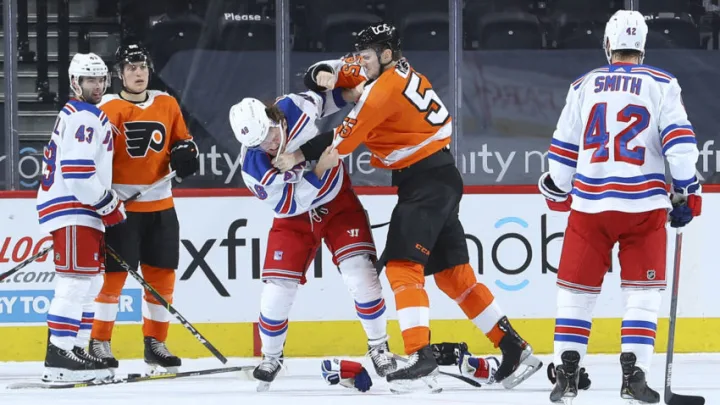
Can A Goalie Be Touched?
A goal can be disallowed if a player interferes with the goalie by making contact or blocking their movement in the crease, or if the puck is struck with a stick above the crossbar (a high stick). The goalie may play the puck inside the trapezoid (the goalie cannot play the puck in the corners behind the net), but touching it outside those areas can result in a penalty and a stoppage. Skaters cannot deliberately touch or interfere with the goalie inside the crease, and even accidental contact that affects the goalie’s ability to make a save can nullify a goal, while players may skate through or screen outside the crease as long as they avoid bumping, tripping, or stick-checking the goalie.
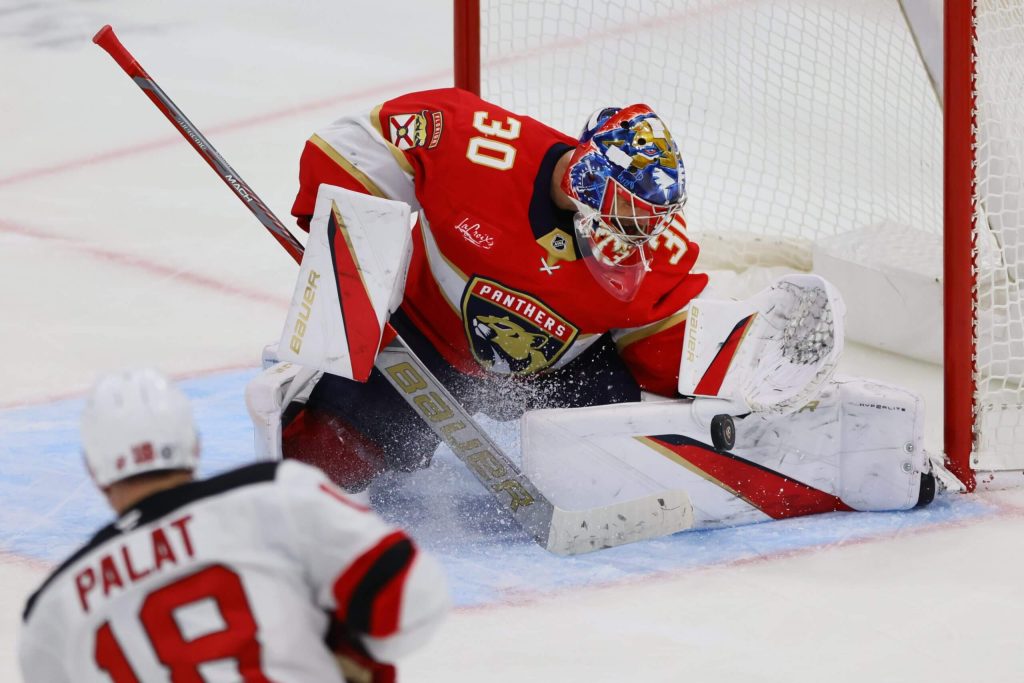
How Do Players Change Skaters?
Players change skaters in two ways: on the fly and during whistles. On-the-fly changes happen while play continues, with the outgoing player skating to within a few feet of the bench before the incoming skater jumps on and waits to touch the puck until the change is complete. After a whistle, such as for icing, offside, or a stoppage in play, both teams can also make full line changes, though the team that ices the puck isn’t allowed to swap skaters.

Penalties 101
Common NHL penalties include a minor penalty (2 minutes) for infractions like tripping, hooking, slashing, holding, or interference; a double minor (4 minutes) usually for high-sticking that draws blood; a major penalty (5 minutes) for serious offenses such as fighting or boarding; and a misconduct (10 minutes) for unsportsmanlike conduct or dangerous play. More severe cases can bring a game misconduct or match penalty, which ejects the player and can trigger suspension or fines. While serving a minor, double minor, or major, the penalized team plays shorthanded, giving the opponent a power play.

Multiple Penalties
If a team takes a bunch of penalties at once, they can never have fewer than three skaters on the ice. The first two penalties start on the clock right away, and any extra penalties wait until an earlier one ends or the other team scores. As soon as one penalty is finished, the next waiting one starts. Players stay in the penalty box until their own time is done and their team is allowed another skater. If both teams get equal penalties at the same time, they can cancel out so the number of skaters stays even.
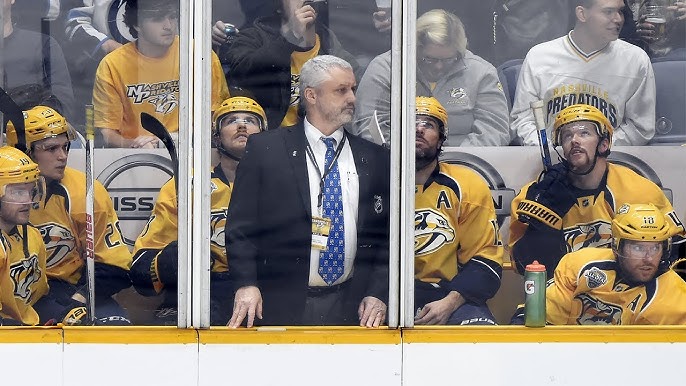
The Power Play
A power play happens when one team has more players because the other team is serving a penalty. The short-handed team usually plays with four skaters instead of five (or three if two penalties overlap) for two minutes on a minor penalty or five on a major. During this time, the team with the extra skater works to keep the puck in the offensive zone and score, while the short-handed team tries to clear the puck and kill the penalty. Unlike regular play, icing is not called on the short-handed team, so they can shoot the puck down the ice freely to relieve pressure.
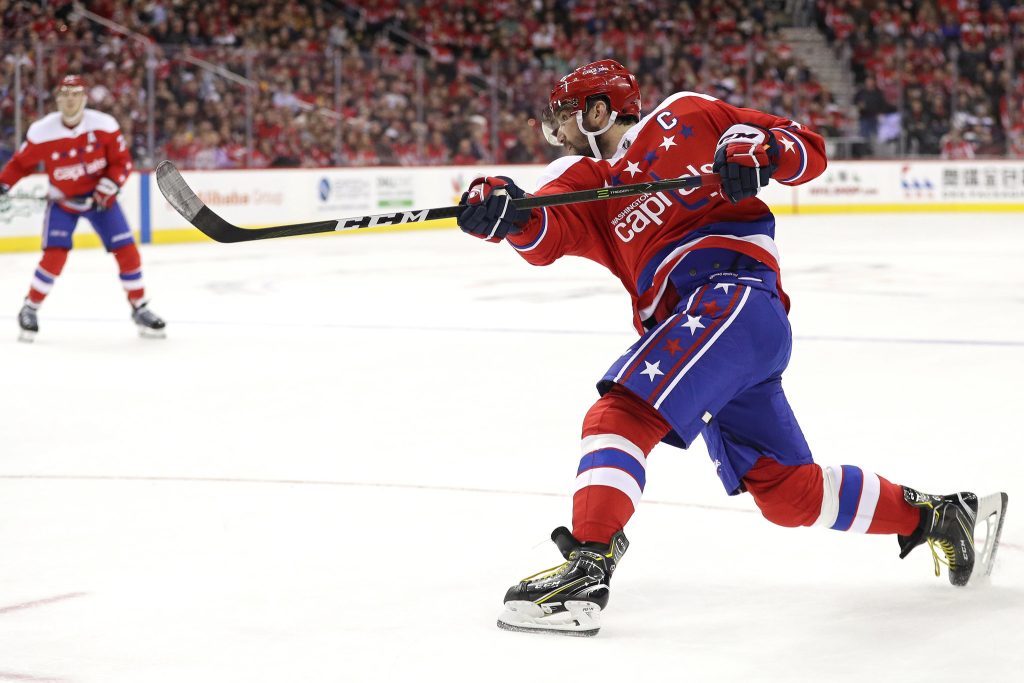
Penalty Shot vs Ejection
A penalty shot is given when a player is denied a clear breakaway chance by something illegal—like being hooked, tripped, or held from behind, if a goalie or defender throws a stick, covers the puck with their hand in the crease, or knocks the net off on purpose to stop a sure goal. A player can be ejected (game misconduct or match penalty) for serious actions such as leaving the bench to fight, being the third man in a fight, hitting from behind or boarding that causes injury, using abusive language toward officials, or doing anything meant to injure another player.
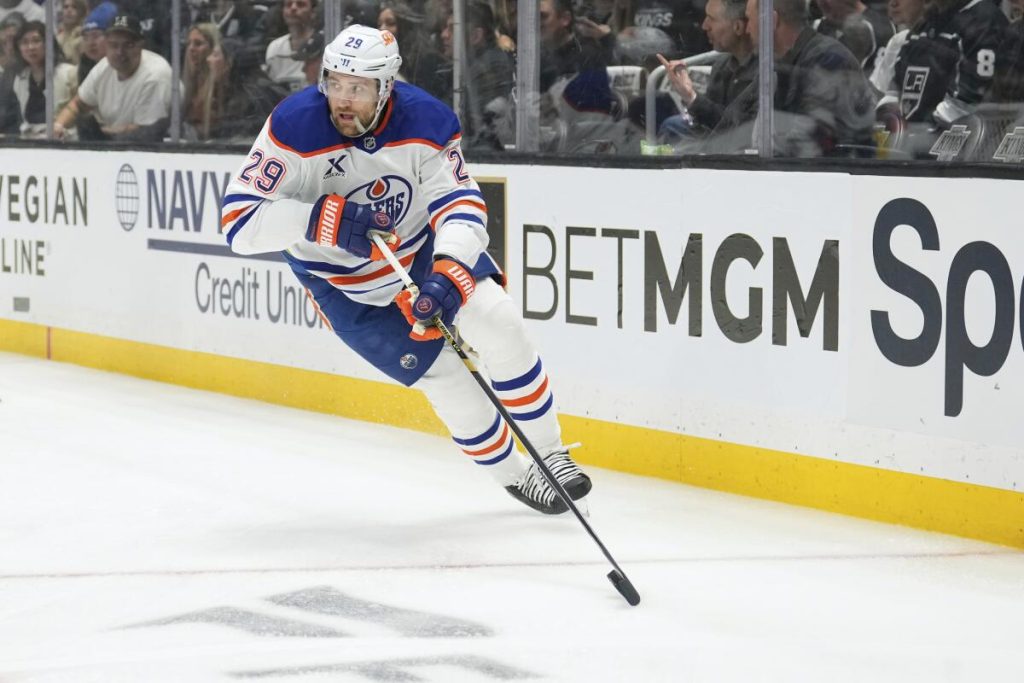
Quirky Rules
Hockey has a number of quirky rules that can confuse new fans: delay of game is called if a skater or goalie shoots the puck directly over the glass from their own zone without a deflection, a broken stick must be dropped immediately and can’t be used, and too many men on the ice is called if more than six players are actively involved during play—even during a sloppy line change. Hand passes are only allowed in the defensive zone, and high sticking the puck (playing it with the stick above shoulder height) stops play. Goals are disallowed if they result from a kicking motion or from goalie interference in the crease, and faceoff violations happen if a player jumps early or a teammate encroaches. To keep things balanced, goalie equipment is also regulated, with strict limits on pad, glove, and stick sizes.

How Do You Win A Game?
An NHL game is won by the team that scores more goals after three 20-minute periods. If it’s still tied, teams play a five-minute sudden-death overtime with three skaters per side. If no one scores, the game goes to a shootout where players take turns one-on-one with the goalie until a winner is decided. In the regular season a win—whether in regulation, overtime, or shootout—earns 2 points, while an overtime or shootout loss earns 1 point and a regulation loss earns 0. In the playoffs there are no shootouts; teams play full 20-minute sudden-death overtimes until someone scores.
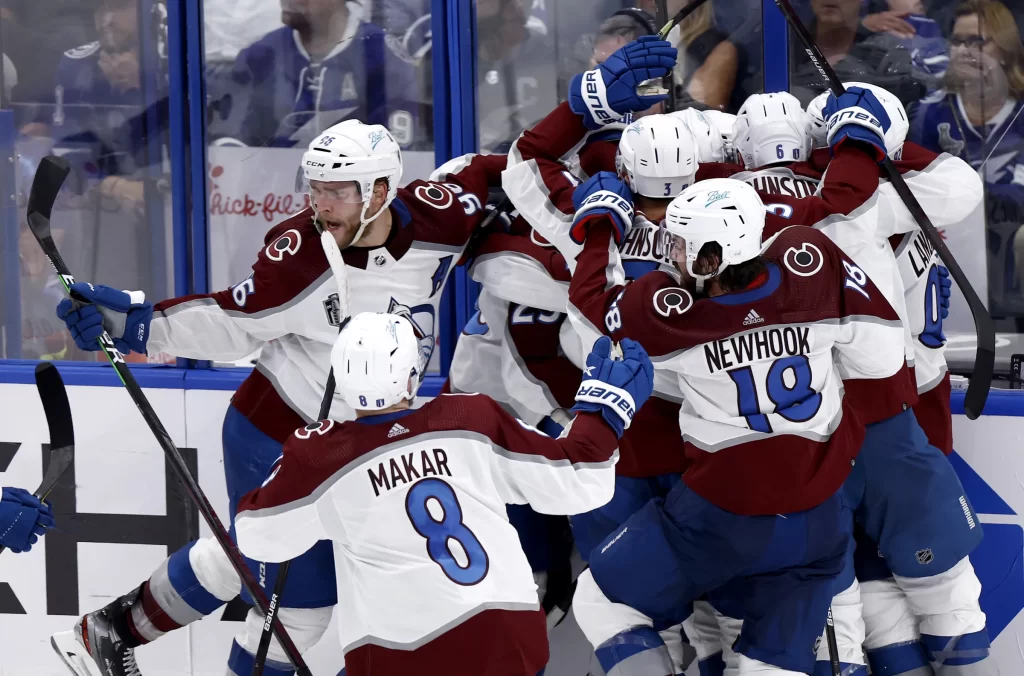
How Do You Win The Cup?
To make the playoffs a team must finish in the top eight of its conference—either the Eastern or Western—based on regular-season points. Once in, standings points no longer count; each matchup is a best-of-seven series, and the first team to win four games advances. A team must win three rounds to reach the Stanley Cup Final and then win that final best-of-seven to become champion.

